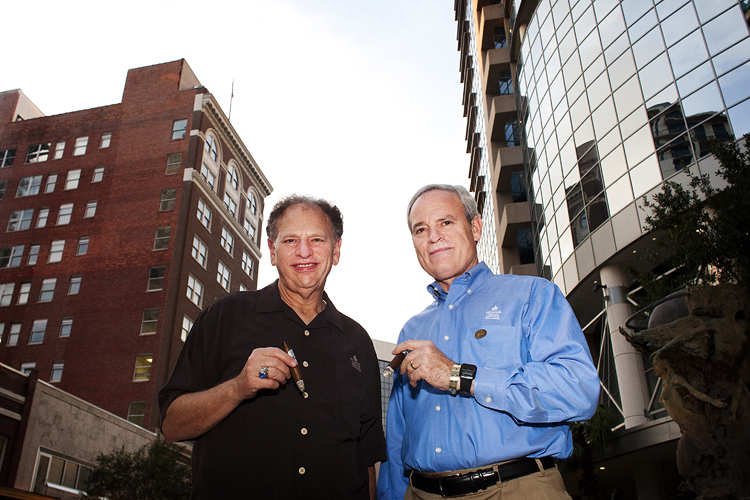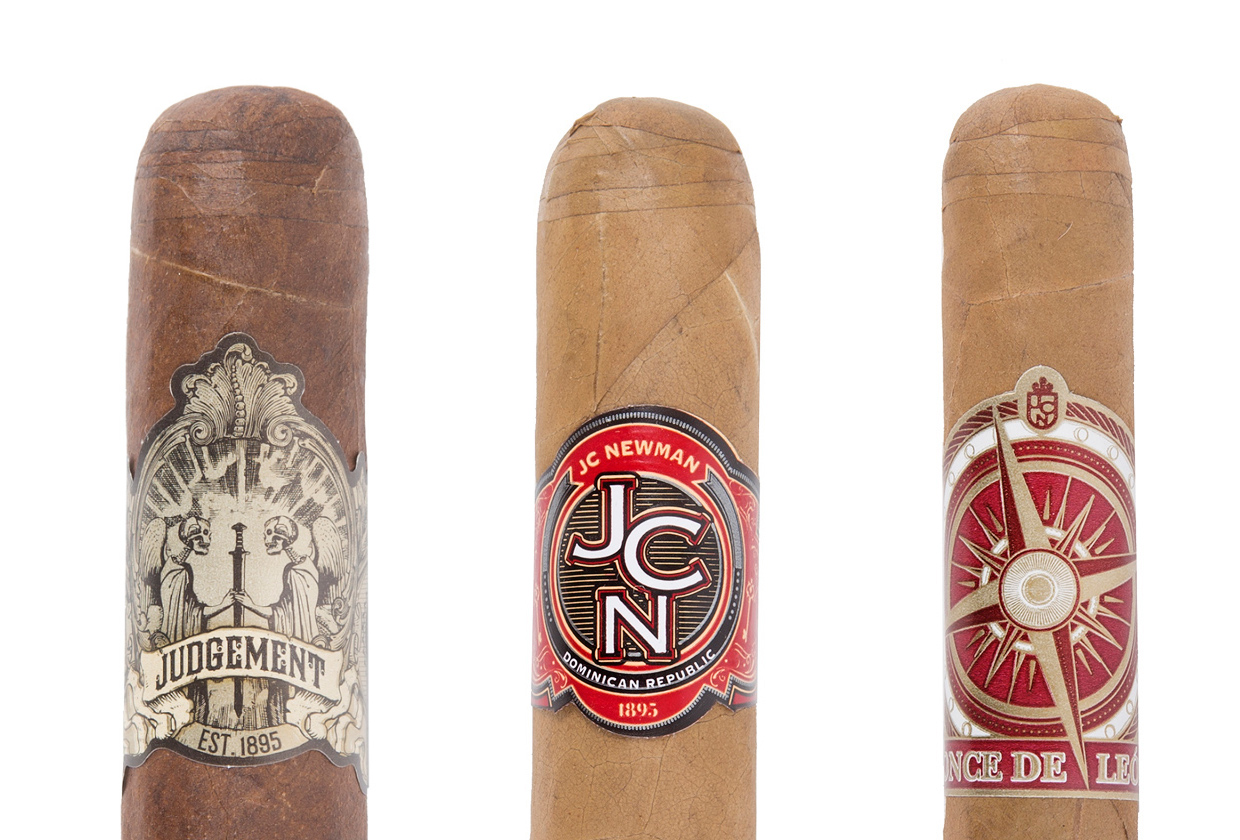J.C. Newman Cigar Co. is celebrating Tampa’s annual Gasparilla festival with a cigar called José Gaspar.
The name, José Gaspar, is a reference to the legendary pirate who inspired the Gasparilla Pirate Festival that is celebrated each year in late January. While he might be one of the most famous pirates in history—and has his own Wikipedia page—there’s little to no evidence there was a real pirate named José Gaspar. Each year, Tampa plays host to a festival that begins each January and lasts into March, during which three major parades and other smaller events take place.
As for the José Gaspar cigar, it’s a 7 x 50 Churchill that uses an Ecuadorian habano wrapper. J.C. Newman has not disclosed what is underneath the wrapper or where the cigar is made.
It has an MSRP of $8 and is sold in packs of five. The company produced just 10,000 cigars for 2022 and they will be sold at 12 stores, all of which are in Tampa:
- Casa de Montecristo
- Cigar Castle
- Cigar City Brewery
- Davidoff of Geneva Since 1911
- Edwards Pipe and Tobacco
- Grand Cathedral
- Hotel Haya
- J.C. Newman Cigar Museum and Factory Store
- JR Cigars
- King Corona Cigars
- Tobacco Depot
- Vincent & Tampa Cigar Co.
“When pirates invade Tampa and parade down Bayshore Boulevard on January 29, they will be enjoying José Gaspar cigars,” said Drew Newman, owner of J.C. Newman, in a press release. “Just like the pirates of Gasparilla, however, José Gaspar cigars will sail out of Tampa Bay at the end of January and will not be available again until next year.”
Drew Newman also told halfwheel that the images of José Gaspar is based on images of Bobby Newman dressed as a pirate that ran in the Tampa Tribune in 1987. However, the company’s involvement in Gasparilla celebrations goes back much further, as shortly after J.C. Newman Cigar Co. relocated to Tampa in 1954, leading cigar makers invited the late Stanford J. Newman to become a pirate and join the Ye Mystic Krewe of Gasparilla, the organization that hosts the annual Gasparilla celebration. The company said that the invitation was a symbol that J.C. Newman had been welcomed and accepted into the cigar community in Tampa, which was then widely recognized as the fine cigar capital of the world.



